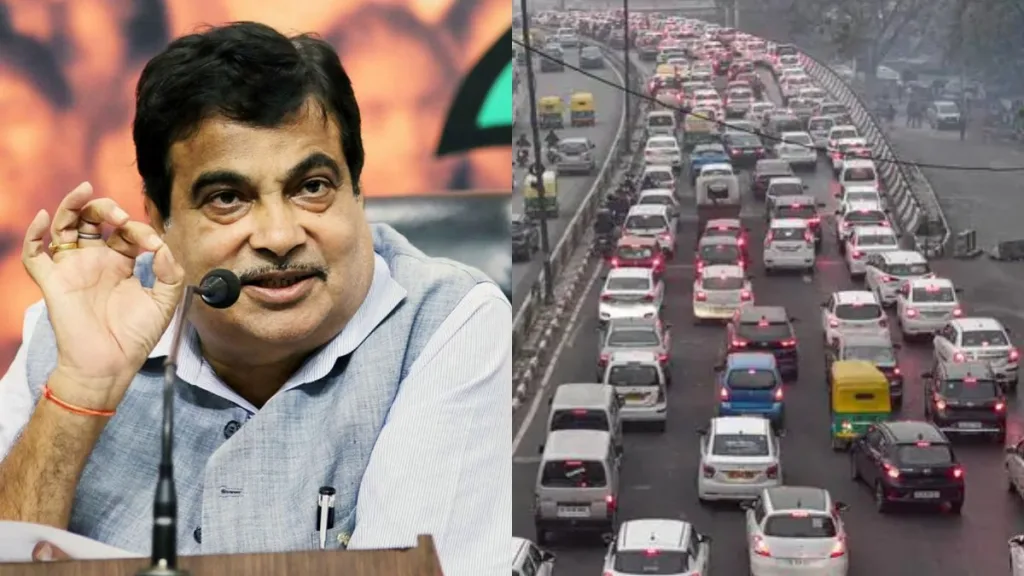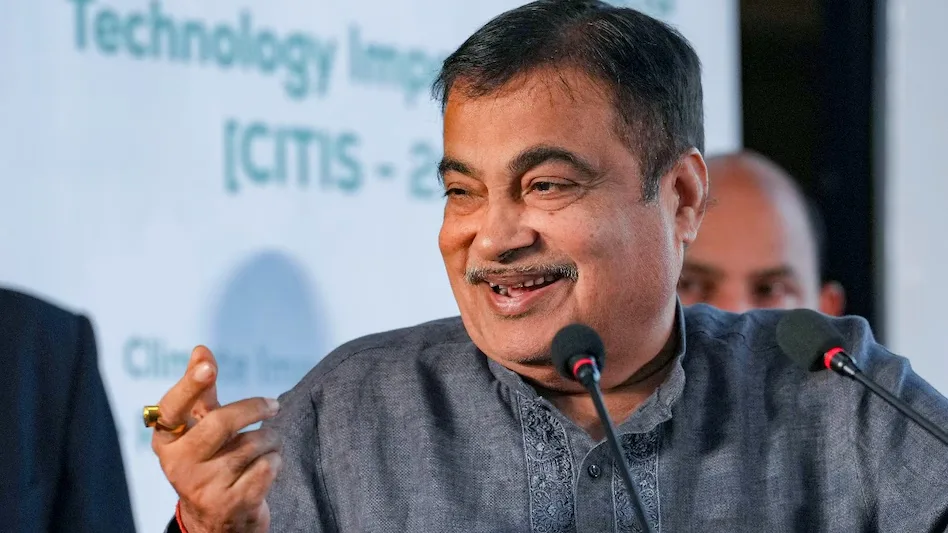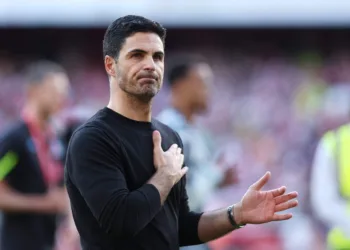Union Minister for Road Transport and Highways Nitin Gadkari has issued a decisive directive to Delhi Police, demanding strict enforcement of existing bans on two and three-wheelers accessing high-speed corridors. This move aims to enhance road safety and reduce traffic accidents on Delhi’s critical transportation arteries.
Table of Contents
Understanding the High-Speed Corridor Ban
The directive specifically targets unauthorized access of motorcycles, scooters, and auto-rickshaws on expressways and access-controlled highways in the Delhi NCR region. Entry of two wheelers on access controlled highways and expressways is illegal, yet enforcement has been inconsistent.
These high-speed corridors were designed exclusively for four-wheelers to ensure smooth traffic flow and minimize accident risks. The presence of slower-moving two and three-wheelers creates dangerous speed differentials that contribute to road accidents.

Key Details of the Enforcement Directive
| Aspect | Details |
|---|---|
| Target Vehicles | Two-wheelers (motorcycles, scooters) and three-wheelers (auto-rickshaws) |
| Enforcement Agency | Delhi Police Traffic Department |
| Applicable Areas | High-speed corridors, expressways, access-controlled highways |
| Current Status | Existing ban to be strictly enforced |
| Safety Objective | Reduce accidents and improve traffic flow |
| Legal Framework | Motor Vehicle Act provisions |
Why This Enforcement Matters
The directive comes amid growing concerns about road safety in Delhi NCR. High-speed corridors experience heavy traffic volumes, and the presence of slower vehicles creates hazardous conditions. Mixed traffic patterns on these routes have led to numerous accidents, particularly involving vulnerable road users.
Minister Gadkari’s emphasis on enforcement reflects the government’s commitment to implementing existing traffic regulations that have often been overlooked. The directive aims to create safer road conditions while maintaining the intended functionality of high-speed infrastructure.
Impact on Daily Commuters
For millions of Delhi residents who rely on two and three-wheelers for daily transportation, this enforcement will require route adjustments. Commuters will need to use alternative roads designed for mixed traffic, potentially affecting travel times and route planning.
The enforcement particularly impacts:
- Motorcycle commuters who previously used expressways for faster travel
- Auto-rickshaw drivers serving passengers near high-speed corridors
- Delivery services relying on two-wheelers for logistics
- Emergency services requiring alternative route planning

Current Policy Landscape
Recent months have seen significant policy discussions around two-wheelers in Delhi. The government has confirmed that it won’t go ahead with the EV Policy 2.0 which talked about banning ICE two-wheelers by August 15, 2026, indicating a more measured approach to vehicle restrictions.
However, two-wheelers will continue to be exempt from toll charges on national highways, showing that the government distinguishes between safety-based restrictions and revenue considerations.
Enforcement Challenges and Solutions
Implementing this directive requires coordinated efforts between traffic police, highway authorities, and urban planners. Key challenges include:
Physical Barriers: Installing proper signage and physical barriers to prevent unauthorized access while maintaining emergency vehicle access.
Alternative Route Development: Ensuring adequate capacity on parallel roads that legally accommodate two and three-wheelers.
Public Awareness: Educating commuters about legal routes and the safety rationale behind restrictions.
Technology Integration: Using surveillance systems and automated enforcement to monitor compliance effectively.
Safety Statistics and Road Infrastructure
Delhi’s road network handles millions of vehicles daily, making safety enforcement crucial. The capital’s expanding highway infrastructure, including recent completions like the 66.916 km long, 4-lane Greenfield Bandikui Spur, built at a cost of ₹2,016 crore connecting Delhi–Vadodara Expressway to Jaipur, demonstrates the government’s commitment to modern transportation infrastructure.
These investments in high-speed corridors require corresponding enforcement measures to realize their safety and efficiency benefits.
Technology and Transportation Evolution
For those interested in how technology is reshaping transportation, our automotive technology section provides insights into smart traffic management systems and vehicle safety innovations that support these enforcement efforts.
Gaming and Virtual Traffic Simulation
The complexity of traffic management has even influenced gaming development, where traffic simulation games help players understand the challenges of urban transportation planning and the importance of proper traffic segregation.
Future Implications
This enforcement directive signals broader changes in Delhi’s transportation policy. While immediate impacts focus on safety, long-term implications include:
- Infrastructure Planning: Future road projects will likely incorporate better access control from the design stage
- Public Transit Integration: Enhanced enforcement may drive greater adoption of public transportation
- Electric Vehicle Adoption: Clearer traffic regulations may accelerate EV adoption as part of comprehensive mobility planning
Conclusion
Minister Gadkari’s directive to Delhi Police represents a crucial step toward safer and more efficient transportation in the capital. By strictly enforcing existing regulations on high-speed corridors, the government aims to reduce accidents while maintaining the intended functionality of modern highway infrastructure.
Success depends on coordinated implementation, public cooperation, and adequate alternative transportation options for affected commuters. As Delhi continues evolving its transportation landscape, this enforcement measure establishes important precedents for balancing safety, efficiency, and accessibility in urban mobility planning.
The directive ultimately reflects a broader commitment to implementing evidence-based traffic policies that prioritize public safety while supporting the capital’s growing transportation needs.
Frequently Asked Questions
Q: Which specific roads and corridors are affected by this enforcement directive?
A: The enforcement applies to all access-controlled highways and expressways in the Delhi NCR region, including major routes like the Delhi-Meerut Expressway, Dwarka Expressway, and other high-speed corridors designed exclusively for four-wheelers. These roads are characterized by limited entry and exit points, higher speed limits, and physical barriers separating traffic directions. Two and three-wheelers are prohibited from these routes due to safety concerns related to speed differentials and the infrastructure design. Commuters should use parallel service roads, arterial roads, and city streets that are legally accessible to all vehicle types.
Q: What are the penalties for violating this ban, and how will enforcement be implemented?
A: Violators can face penalties under the Motor Vehicle Act, including fines ranging from ₹500 to ₹2,000 depending on the specific violation, potential vehicle impoundment, and license penalties for repeat offenders. Enforcement will be implemented through increased patrolling by Delhi Police traffic units, installation of surveillance cameras at entry points, physical barriers to prevent unauthorized access, and coordination with highway authorities for comprehensive monitoring. The directive emphasizes strict and consistent enforcement rather than lenient treatment that has previously allowed violations to continue unchecked.








